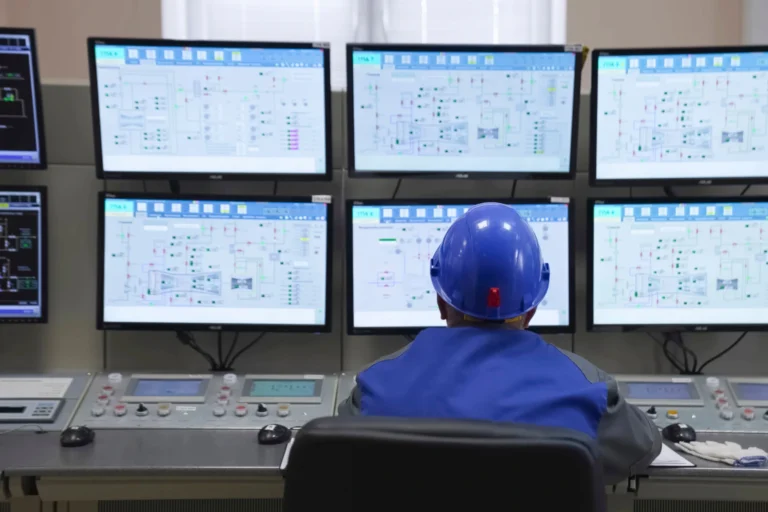Strategies to Boost Team Motivation and Morale
- Home
- News & Event
- Strategies to Boost Team Motivation and Morale
Strategies to Boost Team Motivation and Morale
- Esmi
- 12 Sept 2025
- News & Event

Team morale and motivation are important to a company’s achievement in the competitive corporate world of today. Besides, completing tasks more efficiently, a motivated team encourages a nice work environment, lowers morale and increases creativity. On the other hand, low morale may quickly drop output, raise absenteeism and even result in expensive hiring difficulties. It is now strategically necessary for leaders to understand how to create a motivated and engaged staff.
It is important to understand the psychological underpinnings of motivation in order to raise morale. The motivations of people at work have long been the subject of research by psychologists like Frederick Herzberg and Abraham Maslow. Maslow’s hierarchy of requirements shows that before pursuing more ambitious objectives like self-fulfillment, people must have their basic desires which include safety and satisfaction. Herzberg’s two-factor theory goes on to say that genuine motivation originates from elements like achievement, recognition and meaningful labor whereas hygienic variables like compensation and working situations prevent dissatisfaction.
The importance of freedom, ability and connection has been recognized by self-determination theory in more recent times. Employees are more likely to be naturally motivated when they believe they have a sense of belonging, control over their work and opportunities to develop their talents. These structures serve as a reminder to managers to address the more important human factors that influence participation rather than only focusing on financial rewards.
Presenting workers a clear sense of purpose is one of the best ways to raise morale. People’s hard work assumes more importance when they understand not only what they are doing but also why it matters. Information and direction are provided by setting SMART goals which stand for precise, measurable, achievable, relevant and time bound. Goals also act as an inspiring challenge, encouraging groups to push themselves while maintaining faith in their ability to accomplish.
For example, staff members are more likely to take pleasure in their work when the company explains how a marketing campaign supports the company’s overarching goal of promoting customer satisfaction. Despite normal responsibilities, a sense of meaning emerges when daily tasks are connected to the deeper goal.
One of the simplest yet most effective ways to raise morale is through recognition. How valued employees feel can be greatly impacted by a quick “thank you,” a public appreciation during a meeting or a handwritten note. Small acts of gratitude can often be sufficient to reaffirm dedication. Praise does not always have to be elaborate or connected to financial gains.
Feedback is equally necessary. Positive encouragement draws attention to an employee’s abilities while constructive criticism aids in growth. Employees feel more confident and have a better understanding of their performance when they receive regular, detailed feedback. On the other hand, ambiguous or delayed feedback might reduce its efficacy and leave workers unsure of their own contributions.
Beyond individual acknowledgment, morale is considerably affected by the workplace culture as a whole. While psychological safety guarantees that workers feel free to express their opinions or own up to their mistakes, open and honest communication builds trust. Employees are more likely to feel appreciated and involved when leaders establish a culture that values and accepts a range of ideas.
Initiatives to encourage teamwork also boost morale. Team members might develop closer ties through events like workshops, get-togethers or even cooperative volunteer activity. Employees feel more connected and united as a result of these shared experiences which also help them move toward shared objectives.
Another essential component of motivation is employee well-being. Flexible work schedules have grown in significance in recent years. Respecting employees’ personal lives is shown by letting them set their own hours or work from home when possible. Businesses that support regular breaks, offer mental health resources or engage in wellness initiatives show that they appreciate their staff members as whole individuals rather than just as workers.
Businesses that promote well-being not only boost employee morale but also lower absenteeism and exhaustion. Employee loyalty and dedication to the company are more likely to persist when they feel valued.
In the end, the most important factor influencing morale and motivation is leadership. Workers look to their leaders for inspiration as well as guidance. While leaders who present an inspiring agenda give staff members a sense of direction, those who display empathy, justice and integrity gain the trust of their teams.
Finally, inspirational leaders set an example. When managers exhibit dedication, courage, and positive attitude, the team frequently picks up on these traits. Leaders must be consistent in their words and deeds to make sure that claims of acceptance, inclusion or flexibility are actually kept.
Increasing team morale and motivation requires ongoing work rather than a one-time effort. Organizations may encourage an atmosphere where workers feel appreciated and motivated through using insights from motivational psychology, creating meaningful goals, acknowledging accomplishments, developing a supportive culture, encouraging well-being and leading with authenticity. Better performance is the outcome but so are increased retention, enhanced teamwork and a more positive workplace atmosphere.
Investing in morale and motivation eventually has benefits that go well beyond increased productivity. It increases company efficiency, promotes innovation and creates resilient teams that show that when people flourish, businesses prosper as well.
REFERENCES
Deci, E. L., & Ryan, R. M. (2000). Self-determination theory and the facilitation of intrinsic motivation, social development, and well-being. American Psychologist, 55(1), 68–78.
Hackman, J. R., & Oldham, G. R. (1976). Motivation through the design of work: Test of a theory. Organizational Behavior and Human Performance, 16(2), 250–279.
Herzberg, F., Mausner, B., & Snyderman, B. B. (1959). The motivation to work (2nd ed.). New York: Wiley.
Maslow, A. H. (1943). A theory of human motivation. Psychological Review, 50(4), 370–396.
Randstad. (2024). 10 proven strategies to enhance employee motivation in your organization. Randstad.
Reid, R. (2024). Team motivation: Boosting workplace morale for success. Richard Reid.
Slack. (2024). Methods for boosting employee morale. Slack.
Verywell Mind. (2023). What is Maslow’s hierarchy of needs? Verywell Mind.
📞 Ready to get started?
Contact OTC Training Centre Sdn Bhd today to explore how our HRD Corp claimable training programs can support your business growth and workforce development goals.
💬 Let’s Connect!
📍 Visit us: www.otc.com.my
📧 Email: info@otc.com.my
📞 Call: 012-588 2263
📱 Follow us on Facebook | LinkedIn | Instagram | WhatsApp Channel
Recent ----------
- Tags
Related Post











